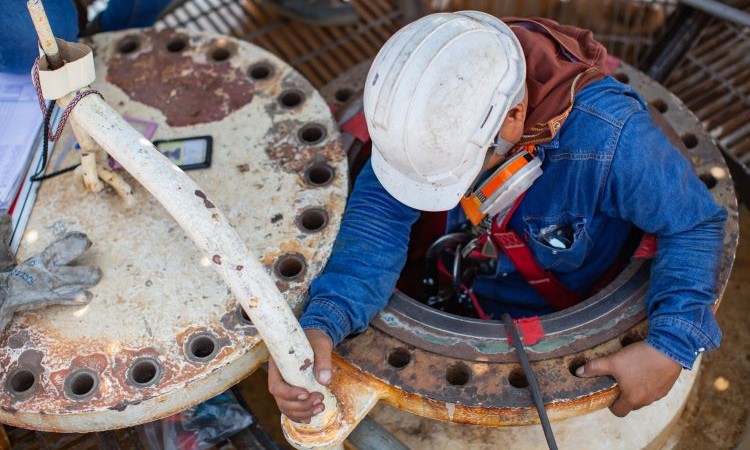Many workplaces contain “confined spaces” that, while not necessarily designed to accommodate people, are large enough for workers to enter and perform certain jobs. A confined space typically has limited or restricted openings for entry or exit and is not intended for continuous worker occupancy. Confined spaces include tanks, storage bins, vaults, pits, manholes, tunnels, ductwork and pipelines.
OSHA uses the term “permit-required confined space” (permit space) to describe a confined space that:
- May contain a hazardous or potentially hazardous atmosphere,
- May contain a material which can engulf a worker,
- May contain walls that converge inward or floors that slope downward and taper into a smaller area which could trap or asphyxiate a worker,
- May contain other serious physical hazards, such as unguarded machines or exposed live wires.
Many employers are not fully aware of their responsibilities and requirements under OSHA’s general industry permit-required confined space rules regarding workers who are exposed to the hazards of confined spaces. In order to maintain full compliance with OSHA regulations, employers must identify all potential hazards, develop written safety and rescue procedures, and provide training and protective equipment to employees to eliminate or greatly reduce the risks associated with working in confined spaces. Learn More
Upcoming OSHA 2264 Permit Required Confined Space Entry Classes

